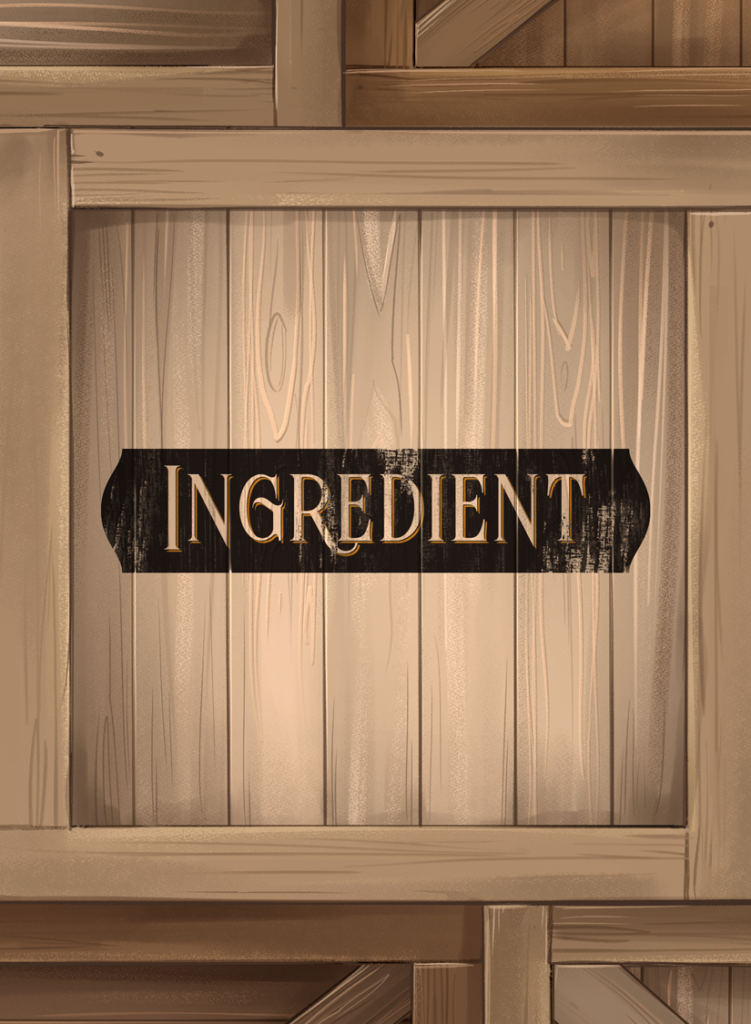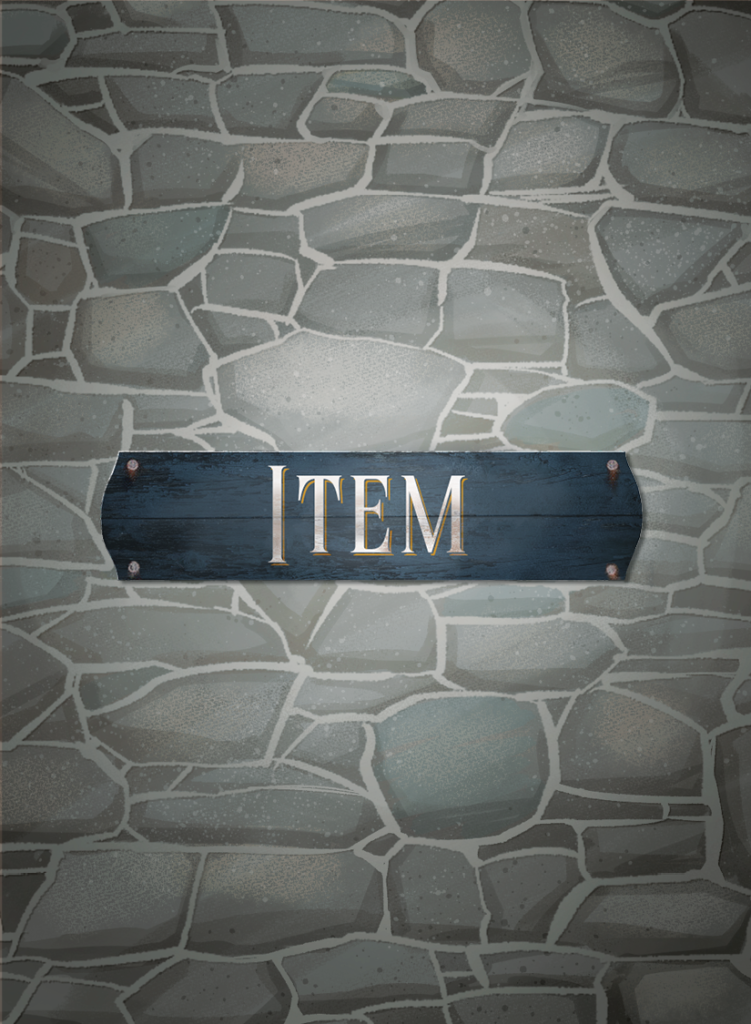Erik posted a new art update this past week, and I wanted to expand on it here for the blog. I’ve included his post below:
This week’s update might not be as interesting, but I really like how this piece looks, so I want to highlight it. This is the back for the Distillery Upgrade cards (above center, along with the Ingredient and Item card backs). I very recently revised this to include some of the objects—I painted in this ruler, leather padfolio, and manila folders. Previously, we only had the blueprint graphic over the corkboard texture. It’s difficult to find an image that represents people, equipment, and architecture, so I’m personally pretty happy with what I’ve done—the blueprint includes a vintage patent drawing for a still, which implies that the DU materials include equipment you can buy and install. The ruler and corkboard hopefully imply a bit of engineering and/or architecture, because the player can build in architectural upgrades, as well. And the padfolio and manila envelope are meant to imply business papers or human resources, because players can hire employees, contractors, and other specialists, or make business deals that also serve as an upgrade to their distillery.

So all together, the still life elements give a general sense of the types of Upgrades in the deck. I put all of this together in a trompe l’oeil manner, which is Dave‘s favorite approach to game art. Trompe l’oeil literally translates as “trick of the eye,” and is an art practice meant to depict imagery to feel three-dimensional and incredibly representational, rather than abstract. It was popular in Dutch and Flemish art from the 1700s, and in a way, was supposed to “do” sort of what virtual reality does today—create a false reality for the viewer to inhabit (see image example above). Objects in tromp l’oeil still lives often carry metaphoric significance, and when this technique is used in game art, they often represent various aspects of gameplay. I’m using aspects of this technique here and there in Distilled, but this is probably the most direct application of it so far, and I wanted to highlight it. Well, that’s all for this week—as usual, stay tuned, and thanks for playing! – Erik


